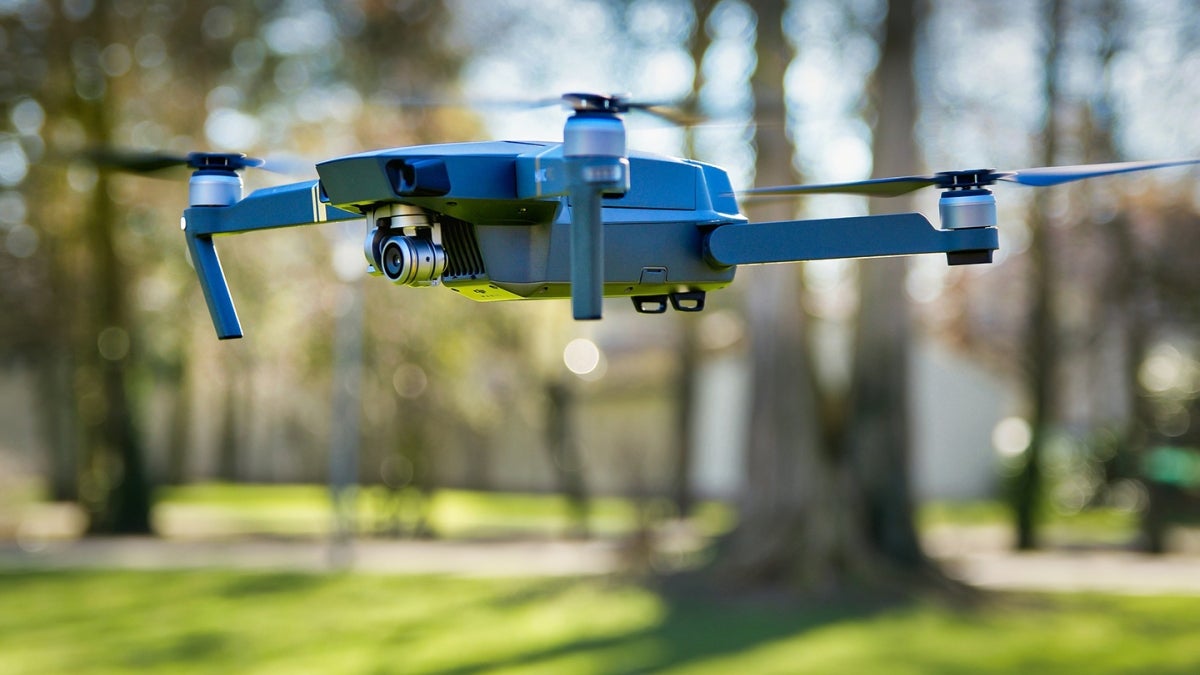Drones have become an essential component in search and rescue and emergency response operations, but current technology limitations are hindering the efficiency of life-saving missions.
These limitations include short battery life, lack of a dedicated communications network and the inability of unmanned aircraft systems (UAS) to carry a heavy payload, such as medical supplies, water or communications equipment.
To address these shortcomings, the National Institute of Standards and Safety Public Safety Communications Research has launched the First Responder UAS Endurance Challenge with prize offerings totaling $552,000.
The challenge, which will be hosted by ASU Research Enterprise, in partnership with Capital Consulting Corporation in April 2021, was created to crowd-source inventive drone designs that will support first responders. The first window to receive team funding for the challenge extends through April 30.
Video courtesy of the First Responder UAS Endurance Challenge
Vertical take-off and landing
Emergency response UAS require the ability to execute vertical take-off and landing maneuvers, or the ability to take off, hover and land vertically, like a helicopter. The capability to take off and land from a standing start is critical in situations where there isn’t room or terrain for a runway-style take-off. All drone entries in the competition must successfully execute vertical take-off and landing.
Increasing flight duration
The current average drone flight time is about 15 minutes — a sometimes insurmountable limitation in remote locations.
“When a drone is searching a grid in an expanse like the Grand Canyon, for example, it can’t come back to base every 15 minutes for a battery change or charge,” explained Christian Fortunato, director of engineering for ASU Research Enterprise, which is fielding the competition next year. “One of the challenge goals is to create a power system that can sustain a drone for 90 minutes.”
Payload
While having the technology to send visuals back to base and geolocation are necessary drone features for emergency operations, the ability to release water and medical supplies will exponentially expand remote services available to individuals in distress.
In many emergency response conditions, search and rescue personnel are working in locations where broadband communications are unavailable. In addition to water and medical supplies, the drones must have the ability to deliver communication devices that are connected to a dedicated network.
Challenge drones must carry and deliver a minimum 10-pound payload.
Challenge entry
The timeline and official rules are available on the National Institute of Standards Challenge site, and teams interested in joining the challenge can sign up through the contestant portal. The window for the first round of applications, which include presenting a concept paper, ends on April 30. Twenty teams will be selected from that round, with ten receiving $10,000 in funding. The competition is not limited to funded teams, and additional funding opportunities will be available at various stages until the competition in Arizona April 2021.
“Interdisciplinary teams are recommended,” said Claudia ElDib, ASU Research Enterprise director of community engagement. “The successful challenge entries will need designers, electrical engineers, mechanical engineers and communications experts.”
ElDib also suggests that teams consult with local first responders. “Their insights can add the specific elements that lead to a winning entry.”
More Science and technology

ASU and Deca Technologies selected to lead $100M SHIELD USA project to strengthen U.S. semiconductor packaging capabilities
The National Institute of Standards and Technology — part of the U.S. Department of Commerce — announced today that it plans to award as much as $100 million to Arizona State University and Deca…

From food crops to cancer clinics: Lessons in extermination resistance
Just as crop-devouring insects evolve to resist pesticides, cancer cells can increase their lethality by developing resistance to treatment. In fact, most deaths from cancer are caused by the…

ASU professor wins NIH Director’s New Innovator Award for research linking gene function to brain structure
Life experiences alter us in many ways, including how we act and our mental and physical health. What we go through can even change how our genes work, how the instructions coded into our DNA are…
